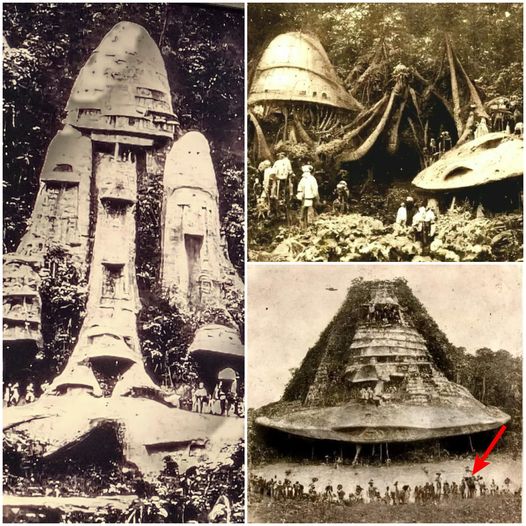The ancient world holds many mysteries, among them the intriguing phenomenon of worshipping flying saucers and constructing structures resembling them. This practice, prevalent in various ancient civilizations, has long puzzled historians and archaeologists alike.

The fascination with flying saucers among ancient peoples extended beyond mere curiosity; it was deeply ingrained in their religious and cultural beliefs. These civilizations perceived flying saucers as celestial beings or symbols of divine intervention, leading to their veneration and incorporation into religious rituals.
Moreover, the architectural replication of flying saucers’ shape in ancient structures serves as a testament to the significance attributed to these celestial objects. From temples to tombs, the presence of saucer-shaped structures suggests a profound spiritual connection and reverence for the unknown forces they represented.

The reasons behind ancient peoples’ worship of flying saucers and their incorporation into architectural designs are multifaceted. They reflect a complex interplay of religious, cultural, and possibly extraterrestrial influences that shaped the beliefs and practices of these civilizations.

While modern interpretations may vary, the enigma surrounding the worship of flying saucers by ancient peoples continues to fascinate and intrigue scholars, offering a glimpse into the rich tapestry of human history and belief systems.
